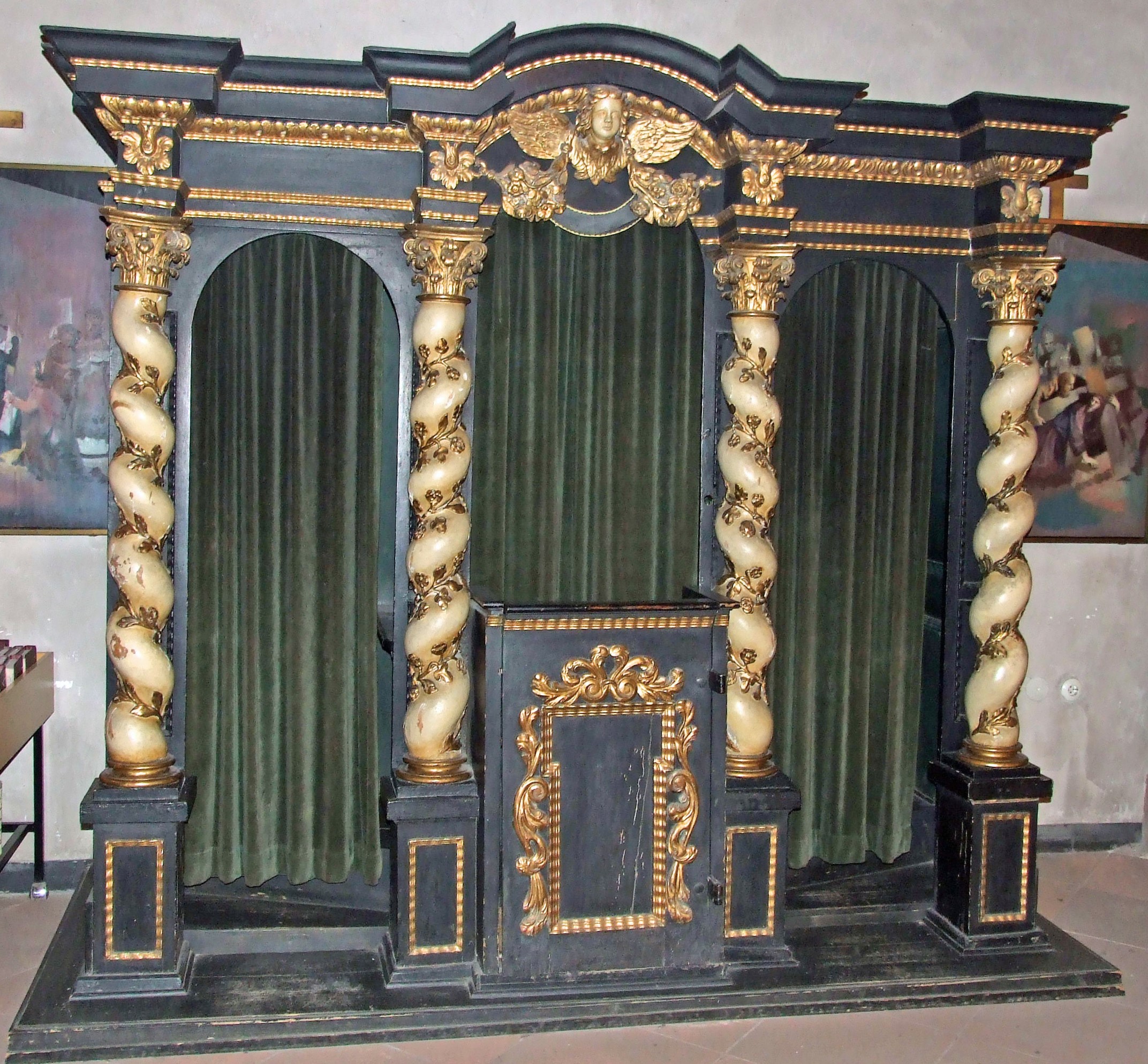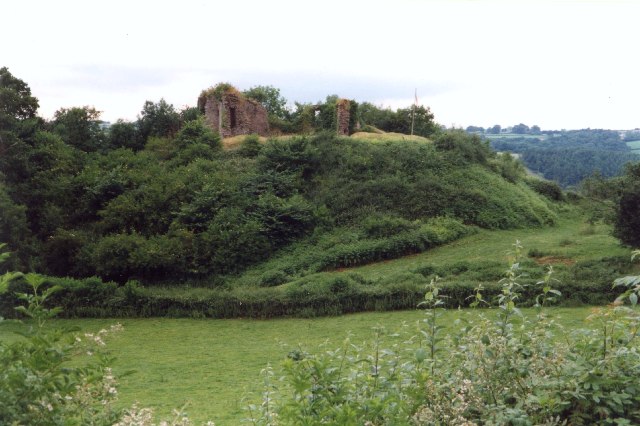|
Queen Elanor's Confession
Queen Elanor's Confession, or Queen Eleanor's Confession, is Child ballad 156. Although the figures are intended as Eleanor of Aquitaine, Henry II of England, and William Marshal, 1st Earl of Pembroke, William Marshall, the story is an entire invention. Synopsis The song exists in various versions, but the essential elements are as follows: Queen Eleanor lies dying. She wishes to Confession (religion), confess her sins to save her soul on her deathbed, but she fears that if she confesses to an English priest, he will divulge her wrongdoings to her husband, King Henry of England. Thus, she sends to France for a priest with no loyalty to the English crown (in some versions her fear of being found out is stated directly; in others, it is implied). When King Henry hears that she has sent overseas for a priest, he suspects that his wife the queen has betrayed him in some way (again, this is stated more directly in some versions than in others). To gain information about this suspecte ... [...More Info...] [...Related Items...] OR: [Wikipedia] [Google] [Baidu] |
Child Ballad
The Child Ballads are 305 traditional ballads from England and Scotland, and their American variants, anthologized by Francis James Child during the second half of the 19th century. Their lyrics and Child's studies of them were published as ''The English and Scottish Popular Ballads''. The tunes of most of the ballads were collected and published by Bertrand Harris Bronson in and around the 1960s. History Age and source of the ballads The ballads vary in age; for instance, the manuscript of " Judas" dates to the thirteenth century and a version of "A Gest of Robyn Hode" was printed in the late fifteenth or early sixteenth century. The majority of the ballads, however, date to the seventeenth and eighteenth centuries. Although some are claimed to have very ancient influences, only a handful can be definitively traced to before 1600. Moreover, few of the tunes collected are as old as the words. Nevertheless, Child's collection was far more comprehensive than any previous col ... [...More Info...] [...Related Items...] OR: [Wikipedia] [Google] [Baidu] |
Eleanor Of Aquitaine
Eleanor ( – 1 April 1204; french: Aliénor d'Aquitaine, ) was Queen of France from 1137 to 1152 as the wife of King Louis VII, Queen of England from 1154 to 1189 as the wife of King Henry II, and Duchess of Aquitaine in her own right from 1137 until her death in 1204. As the heiress of the House of Poitiers, which controlled much of southwestern France, she was one of the wealthiest and most powerful women in western Europe during the High Middle Ages. She was a patron of poets such as Wace, Benoît de Sainte-Maure, and Bernart de Ventadorn. She was a key leading figure in the unsuccessful Second Crusade. Eleanor was the daughter of William X, Duke of Aquitaine, and Aénor de Châtellerault. She became duchess upon her father's death in April 1137, and three months later she married Louis, son of her guardian King Louis VI of France. A few weeks later, Eleanor's father-in-law died and her husband succeeded him as King Louis VII. Eleanor and Louis VII had two daughters, Ma ... [...More Info...] [...Related Items...] OR: [Wikipedia] [Google] [Baidu] |
Henry II Of England
Henry II (5 March 1133 – 6 July 1189), also known as Henry Curtmantle (french: link=no, Court-manteau), Henry FitzEmpress, or Henry Plantagenet, was King of England from 1154 until his death in 1189, and as such, was the first Angevin king of England. King Louis VII of France made him Duke of Normandy in 1150. Henry became Count of Anjou and Maine upon the death of his father, Count Geoffrey V, in 1151. His marriage in 1152 to Eleanor of Aquitaine, former spouse of Louis VII, made him Duke of Aquitaine. He became Count of Nantes by treaty in 1158. Before he was 40, he controlled England; large parts of Wales; the eastern half of Ireland; and the western half of France, an area that was later called the Angevin Empire. At various times, Henry also partially controlled Scotland and the Duchy of Brittany. Henry became politically involved by the age of 14 in the efforts of his mother Matilda, daughter of Henry I of England, to claim the English throne, then occupied b ... [...More Info...] [...Related Items...] OR: [Wikipedia] [Google] [Baidu] |
William Marshal, 1st Earl Of Pembroke
William Marshal, 1st Earl of Pembroke (1146 or 1147 – 14 May 1219), also called William the Marshal (Norman French: ', French: '), was an Anglo-Norman soldier and statesman. He served five English kings— Henry II, his sons the "Young King" Henry, Richard I, and John, and finally John's son Henry III. Knighted in 1166, he spent his younger years as a knight errant and a successful tournament competitor; Stephen Langton eulogised him as the "best knight that ever lived." In 1189, he became the ''de facto'' earl of Pembroke through his marriage to Isabel de Clare, though the title of earl was not officially granted until 1199 during the second creation of the Pembroke earldom. In 1216, he was appointed protector for the nine-year-old Henry III, and regent of the kingdom. Before him, his father's family held a hereditary title of Marshal to the king, which by his father's time had become recognised as a chief or master Marshalcy, involving management over other Marshals ... [...More Info...] [...Related Items...] OR: [Wikipedia] [Google] [Baidu] |
Confession (religion)
Confession, in many religions, is the acknowledgment of one's sins (sinfulness) or wrongs. Christianity Catholicism In Catholic teaching, the Sacrament of Penance is the method of the Church by which individual men and women confess sins committed after baptism and have them absolved by God through the administration of a priest. The Catholic rite, obligatory at least once a year for serious sin, is usually conducted within a confessional box, booth or reconciliation room. This sacrament is known by many names, including penance, reconciliation and confession. While official Church publications usually refer to the sacrament as "Penance", "Reconciliation" or "Penance and Reconciliation", many clergy and laypeople continue to use the term "Confession" in reference to the Sacrament. For the Catholic Church, the intent of this sacrament is to provide healing for the soul as well as to regain the grace of God, lost by sin. A perfect act of contrition, wherein the peniten ... [...More Info...] [...Related Items...] OR: [Wikipedia] [Google] [Baidu] |
Rosamund Clifford
Rosamund Clifford (before 1150 – ), often called "The Fair Rosamund" or "Rose of the World" (Latin: ''rosa mundi''), was a medieval English noblewoman and mistress of Henry II, King of England, who became famous in English folklore. Life Early life Rosamund Clifford, born before 1150, is usually assumed to have been the daughter of Walter de Clifford (born Walter FitzRichard; 1113–1190), a Marcher Lord, and his wife Margaret. He gained his surname from his major holding, Clifford Castle in Herefordshire, where he was first steward then lord. She had three brothers, Walter (circa 1160–1221), Richard and Gilbert, and two sisters: Amice, who married Osbern FitzHugh of Richard's Castle, Herefordshire and Lucy, wife of Hugh de Say of Stokesay, Shropshire. Her name likely came from the Latin phrase ''rosa mundi'', meaning "rose of the world." Clifford was first raised at her father's Clifford Castle, then sent to a convent of Benedictine nuns in Godstow Abbey for educ ... [...More Info...] [...Related Items...] OR: [Wikipedia] [Google] [Baidu] |
John, King Of England
John (24 December 1166 – 19 October 1216) was King of England from 1199 until his death in 1216. He lost the Duchy of Normandy and most of his other French lands to King Philip II of France, resulting in the collapse of the Angevin Empire and contributing to the subsequent growth in power of the French Capetian dynasty during the 13th century. The baronial revolt at the end of John's reign led to the sealing of , a document considered an early step in the evolution of the constitution of the United Kingdom. John was the youngest of the four surviving sons of King Henry II of England and Duchess Eleanor of Aquitaine. He was nicknamed John Lackland because he was not expected to inherit significant lands. He became Henry's favourite child following the failed revolt of 1173–1174 by his brothers Henry the Young King, Richard, and Geoffrey against the King. John was appointed Lord of Ireland in 1177 and given lands in England and on the continent. He unsuccessfull ... [...More Info...] [...Related Items...] OR: [Wikipedia] [Google] [Baidu] |






